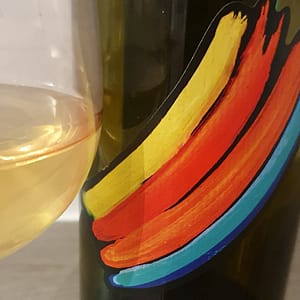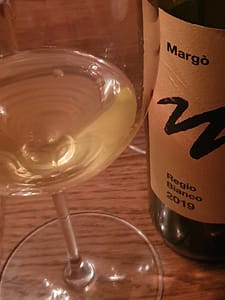I don’t taste wines from Liguria too often. Here is a delicious white from the lesser known pigato variety.
Pigato has been in the area for centuries. Genetically it is a clone of vermentino. But it has differentiated over time and developed its own characteristics. Pighe means freckles in local dialect, a reference to the spots on its skin. Pigato has generally more aromatic qualities than its twin, possibly also more structure.
Tenuta Selvadolce is overlooking the sea in the extreme western Liguria in Bordighera, a few kilometers from the border with France. It extends for about 7 hectares in one of the most panoramic heights of the town.
The vineyard sits at an altitude of about 150-200 meters with a southern exposure, and managed biodynamically. The soils contain limestone and clay. Harvest is by hand, and fermentation takes place spontaneously in wood. The wine ages in stainless steel vats on lees with batonnage for 6 months and is bottled without clarification or filtration.
Crescendo 2020 (Ten. Selvadolce)
Light yellow. Expressive aromas of white fruit (white peach), citrus (lime), white almonds and a touch of butter. On the palate it’s full, savoury, harmonious and ends with a pleasant salinity.
Price: Medium
Food: Seafood, spaghetti vongole, other pasta ‘frutti di mare’, fish soup, grilled fish
Leave a Comment














